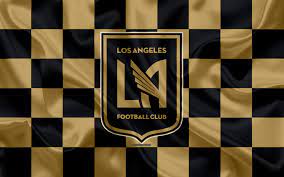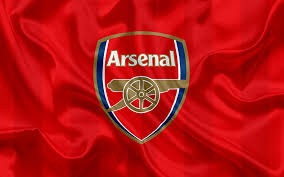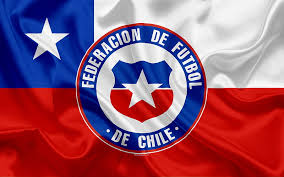
Los Angeles FC
Los Angeles FC has rapidly ascended to become one of the most prominent and influential soccer teams in Major League Soccer (MLS), capturing the imagination of sports fans across California and beyond. As a relatively new franchise, LAFC has demonstrated exceptional growth, competitive success, and community engagement, making it a significant force in North American soccer history. This article explores the origins, development, achievements, and cultural impact of Los Angeles FC, revealing how this team has transformed from an ambitious startup into LA’s premier soccer powerhouse.
The Origins and Foundation of Los Angeles FC
In the early 2010s, Los Angeles was already a major hub for sports culture, boasting renowned franchises like the Lakers, Dodgers, and Rams. However, despite this vibrant sports scene, LA lacked a dedicated top-tier professional soccer team that could unite the city’s diverse communities under a common sporting banner. The idea of establishing an MLS team in LA had been discussed for years, but it gained momentum with the league’s expansion ambitions and the city’s growing population of soccer enthusiasts red88.com.
The vision for Los Angeles FC was rooted in creating a club that embodies modern urban culture, fosters local talent, and promotes inclusivity. The founders aimed to develop a team that not only competes at the highest level but also becomes a pillar of community engagement and cultural expression. Consequently, LAFC was officially announced as an expansion franchise in 2014, with plans to open a state-of-the-art stadium and build a sustainable, competitive team from the ground up.
Building a Brand: The Naming, Logo, and Identity
Selecting a compelling identity was crucial for establishing LAFC’s presence in LA’s crowded sports landscape. The club’s name, “Los Angeles Football Club,” emphasizes its focus on both the city and the sport. The choice of name was inspired by the desire to create a brand that resonates locally while maintaining global appeal.
The logo design features bold black and gold colors, symbolizing strength, excellence, and prestige. The sleek, modern crest incorporates a stylized “LA” emblem, connecting the team to LA’s iconic cityscape and cultural vibrancy. From the outset, LAFC targeted a progressive, inclusive image—appealing to young professionals, diverse ethnicities, and soccer fans of all backgrounds.
Securing Key Partnerships and Ownership
A significant step toward LAFC’s establishment was securing influential ownership. The club is owned by a group led by businessman Larry Berg, actor and producer Will Ferrell, and other prominent figures. Their combined financial backing provided stability, credibility, and strategic vision for the franchise’s growth.
Partnerships with local businesses, sponsors, and community organizations played a vital role in supporting LAFC’s mission. These alliances facilitated marketing, fan engagement, and infrastructural development, setting the foundation for a robust organizational structure. Moreover, these partnerships helped embed LAFC into Los Angeles’ social fabric, fostering a sense of shared ownership among residents.
Developing the Infrastructure: The Banc of California Stadium
A defining milestone in LAFC’s journey was the construction of the Banc of California Stadium, which opened in 2018. The stadium, with a capacity of approximately 22,000 seats, is located in Exposition Park near downtown LA. Its design reflects LA’s modern aesthetic—sleek, accessible, and environmentally conscious.
The stadium provides an intimate, electrifying atmosphere that enhances the home advantage and draws fans closer to the action. Additionally, it symbolizes LAFC’s commitment to creating a world-class facility that elevates the fan experience, promotes local businesses, and serves as a catalyst for urban renewal. The stadium’s eco-friendly features and innovative architecture have garnered praise, Los Angeles FC further cementing LAFC’s reputation as a forward-thinking franchise.



